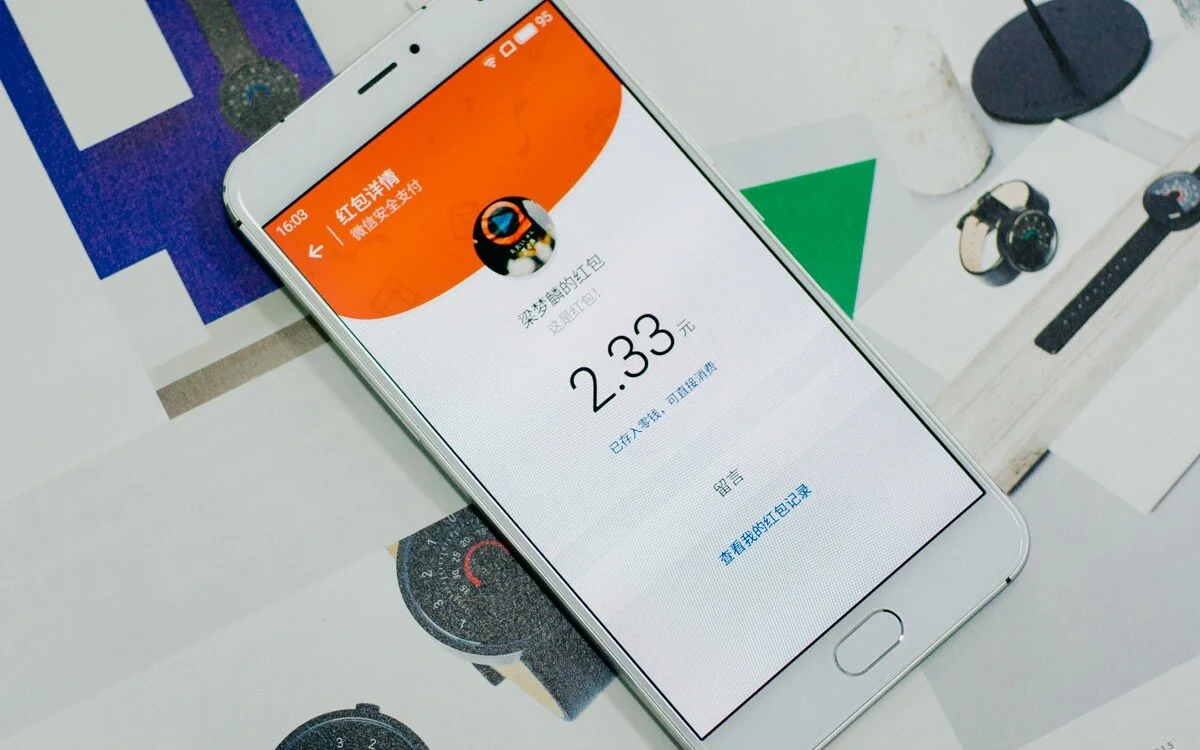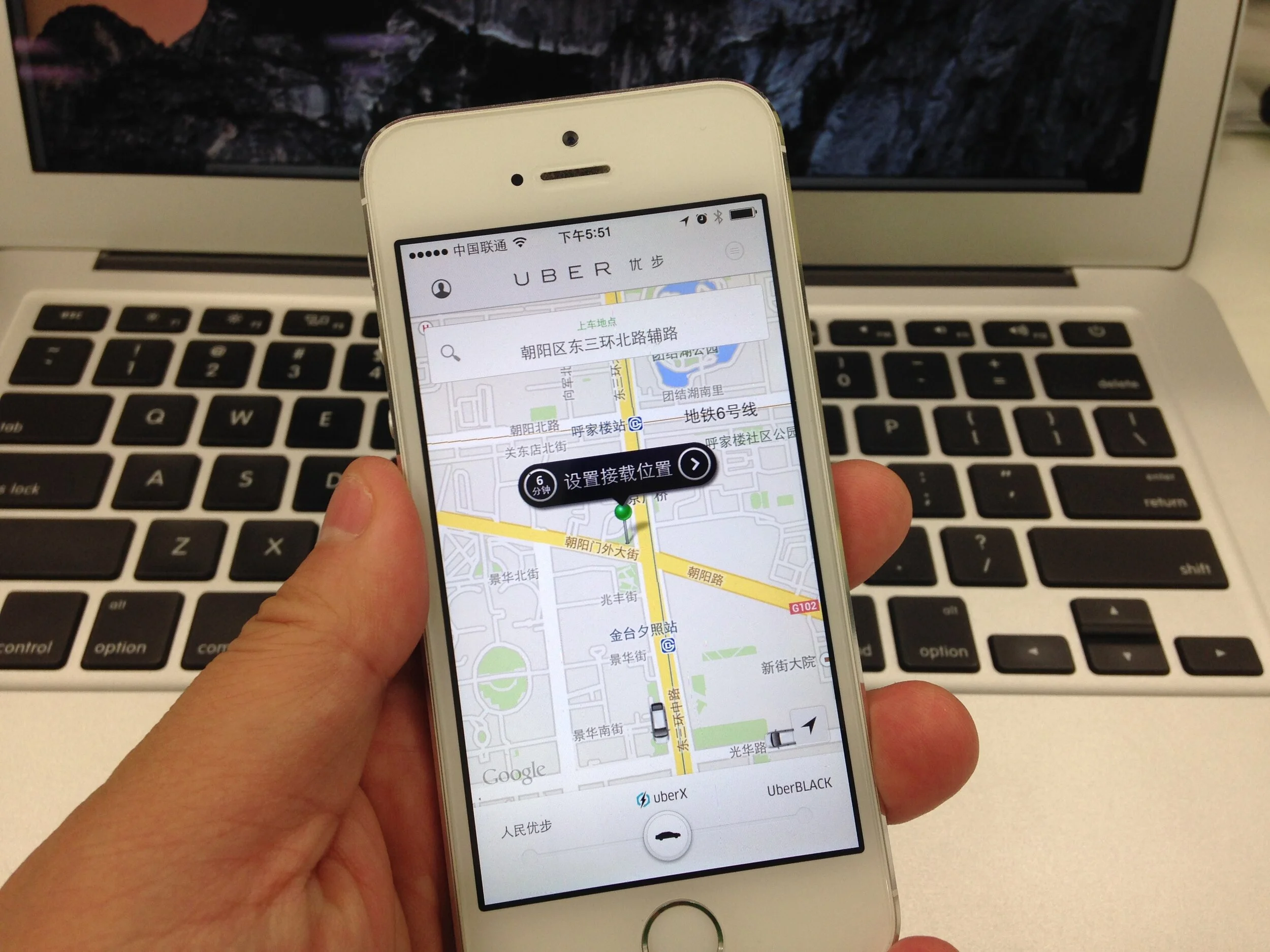China just exchanged 8 BILLION red envelopes through WeChat…and?
There’s no night of the year quite so special in the People’s Republic as Chinese New Year’s Eve. As the Year of the Sheep gave way to the Year of the Monkey, another milestone was passed — WeChat, the hugely successful mobile messaging app, handled 8 billion hongbao, or ‘red envelopes’. But what does any of that even mean? And why should you care? Let’s delve a little deeper.
What is a ‘red envelope’?
A hongbao, translated as ‘red envelope’ is an ancient Chinese tradition going back as far as the Qin Dynasty. At special occasions, such as weddings, birthdays, graduations, or in this case, on New Year’s Eve, Chinese people exchange red envelopes full of money as gifts — the envelope hides how much money is inside to save either side loss of face. This tradition, which remains a fundamentally important part of Chinese society, was digitized by Tencent’s mobile messaging app WeChat in 2014. WeChat’s emergent payments system, WeChat Wallet, was given the functionality to allow users to send red envelopes to each other digitally, not allowing the receiver to see the amount inside until it had already been accepted. This amount of money is then automatically added to the receiver’s WeChat Wallet balance. This differs from the regular cash transfer function, since the amount being received is clearly visible in such transactions.
So if it started in 2014, why are people talking about it now?
It’s been a hot topic this year because of two factors:
Firstly, this Chinese New Year came right in the middle of a huge round of escalation between China’s two rival mobile payment systems: WeChat Wallet and Alipay. Each of them is owned by one of the three big tech giants in China: WeChat Wallet by Tencent, and Alipay by Alibaba (the other one is Baidu, whose own Baidu Wallet continues to struggle). Alipay emerged as China’s answer to PayPal and traditionally focused more on online, website-based payments, while WeChat Wallet came out of WeChat users’ desire to exchange small amounts of money easily and quickly with each other. In the last year, both have moved heavily into direct retail and have been trying to establish themselves as the standard non-cash payment in a variety of Chinese stores, with scan-and-pay being accepted across China, from convenience stores to high-end fashion boutiques. As WeChat Wallet challenges Alipay in the cash handling space, Alipay has recognized the power of social interactions and added more friend functions such as chat and a ‘Moments’ section, similar to Facebook’s Feed and almost identical to WeChat’s own ‘Moments’.
Secondly, the volume.
OK, you’ve got me — give me some numbers…
According to the WeChat teams own internal data:
8 billion red envelopes were sent on New Year’s Eve, dwarfing last year’s paltry 1 billion
420 million people (roughly the population of the EU) either sent or received at least one red envelope
Dividing those numbers by the duration over which they were sent gives the remarkable stat that 409,000 red envelopes were sent every SECOND
Thats not even touching on WeChat’s new ‘hip’ idea this year — Blurry Photos — which, in the interests of brevity, is discussed separately here.
Alright, I admit those numbers are big. But why should I care?
As humans, with our slightly evolved monkey-brains, we perceive large numbers in much the same way. Would a typical person have reacted that differently if, instead of 8 billion red envelopes, it had been 800 million, or 80 billion? Quite probably not. So let’s get past the numbers and think about the actual significance of what happened on New Year’s Eve.
WeChat Wallet is winning hearts and minds. They may be way, way behind Alipay in terms of transaction volume, but they are quickly establishing themselves in the minds of the general publics as the go-to choice for quick and easy payments.
Digital Payments are not just a city thing. It continues to be the case that WeChat is used for messaging in big, top-tier cities in China, while Tencent’s original instant messaging app, QQ, continues to be the messenger of choice in smaller cities and the countryside. With this considered, the much less talked about success of QQ’s own red envelope campaign (308 million people moving over 2 billion red envelopes), demonstrates that mobile payments are winning across all of China, not just the metro elite.
The jury is still out on ‘Traditional’ media investment in China. WeChat Wallet’s mobile payment rival, Alipay, paid roughly US$42 million to be the official partner for the 2016 Spring Festival Gala, China’s most watched television show on New Year’s Eve (and roughly the same again to advertise it). Thus far, it’s been difficult to judge the ROI, given the data that’s been released, but Alipay has been proudly announcing that as a result of their campaign, 110 million people added each other as friends — a boost to their attempts to add social elements to their payment service. However, WeChat added over 200 million users when they sponsored last year’s Spring Festival Gala, and paid one-fifth the price to do so. This year, WeChat achieved even bigger growth, and enormous volume, despite no major media partnerships.
KOLs and individuals represent an interesting marketing opportunity. The WeChat team themselves have been keen to point out the power of individuals in their Chinese New Year success. They pull out the example of a gentleman from Sichuan, who received 5,279 red envelopes, and a lady from Shaanxi who sent an incredible 79,193. If these numbers are to be believed, they add further resonance to what marketers in China have been aware of for some time — marketing on WeChat requires the backing of key opinion leaders. Imagine if the lady in Shaanxi had sent out a marketing message with each of her nearly 80,000 red envelopes? Is that even plausible? It certainly seems like a fantastic opportunity, and marketing companies, which were largely caught off-guard by the sheer volume, now have a year to figure out how to do this better in 2017. Sponsored red envelopes? Companies using red envelopes to buy followers? All these things would seem to run contrary to WeChat’s very strict rules on advertising and incentivization, but undoubtedly some will try — and who wouldn’t, with a potential share of 8 billion unique transactions at stake?
Mobile payments continue to be a major disruption. Red envelopes will not come to Western audience — it is a firm Chinese tradition that will not spread. But something will come. Facebook and Snapchat, which have launched their own inter-network payments systems, not to mention Apple Pay and Android Pay will be watching these developments closely. 8 billion might be a difficult number to imagine, but it sure is a lot of zeroes — and that’s a lot of potential growth.
NB: My brief experience with WeChat Blurry Photos, part of the same campaign, here.
This post was imported from my Medium, which I used for blogging between 2015 and 2019.








